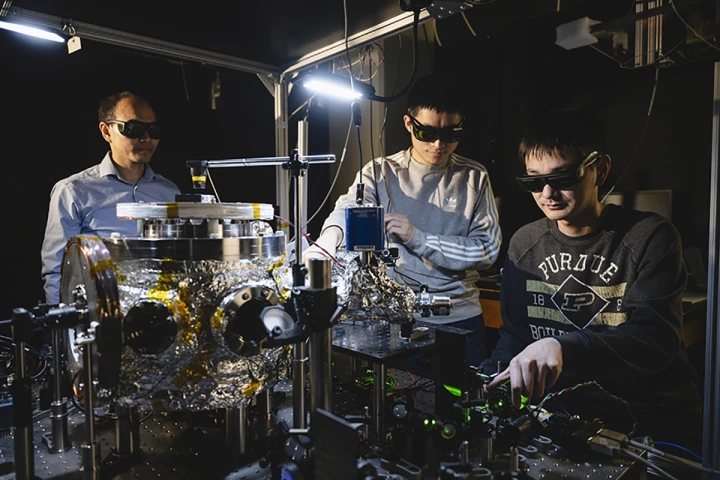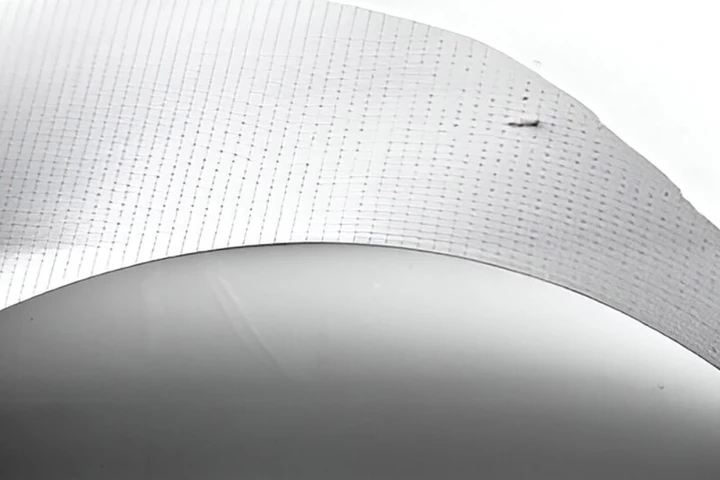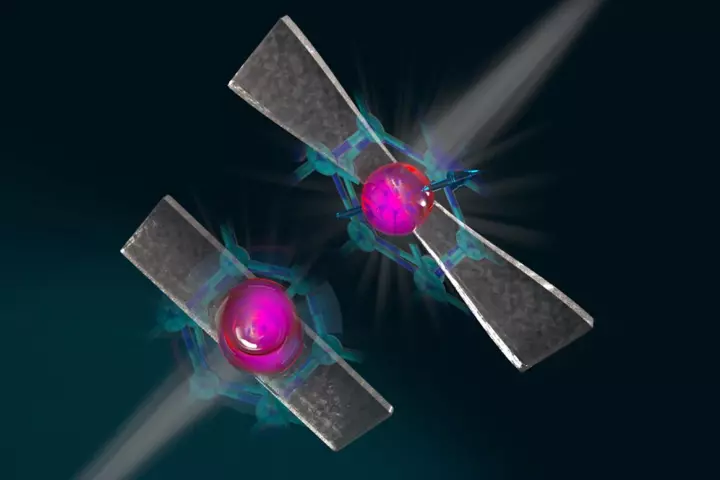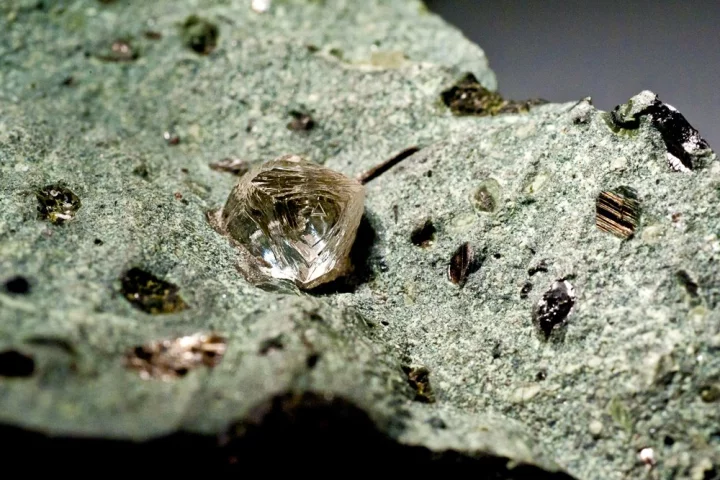Diamonds
-
We recently sat down with Adam Khan of Diamond Quanta – the company that wants to replace the silicon chip with ones made from diamond. We discussed the reason for this glittering idea, the challenges it presents, and the implications of the technology.
-
The second largest diamond in the world has been discovered in Botswana. Canadian mining company Lucara Diamond used an advanced X-ray scanner to find a 2,492-carat diamond from its Karowe Diamond Mine. That's a whopping 17.58 oz (498.4 g).
-
Physicists have levitated nanoscale diamonds, hit them with lasers to make them flash and spun them at an incredible 1.2 billion rpm. The experiments aren’t just about creating the “world’s smallest disco” but could help the study of quantum physics.
-
BC8 superdiamonds are harder than any known material, but they likely only exist in the cores of giant exoplanets. Now, the Frontier supercomputer has unraveled the secret of their formation, a finding that could lead to their production on Earth.
-
Diamonds are famously formed under high pressure and temperature, which is partly why they’re so valuable. But now, scientists have created diamonds in a lab under regular pressure in just 15 minutes.
-
Fraunhofer scientists have used ultra-thin diamond membranes to drastically cool electronic components and boost electric vehicle charging speeds, taking advantages of diamond's outstanding thermal conductivity.
-
With 2023 drawing to a close, it's once again time to look at the significant, intriguing, and sometimes just plain daft science stories of the year. So, let's dive in and see what the science types have been up to.
-
It’s taken more than three decades, but scientists have cracked the code and created a material that’s near-impossible to break and rivals diamond as the hardest substance on the planet. The applications for this long-sought-after substance are vast.
-
Diamond is a promising material for data storage, and now scientists have demonstrated a new way to cram more data onto it, down to a single atom. The technique bypasses a physical limit by writing data to the same spots in different-colored light.
-
Researchers are claiming a breakthrough in quantum communications, thanks to a new diamond-stretching technique they say greatly increases the temperatures at which qubits remain entangled, while also making them microwave-controllable.
-
Locating diamond deposits in the earth isn't always an exact science, so the greater the number of methods of doing so, the better. A new study now suggests that soil microbes may point the way to such buried treasures.
-
Sometimes it seems that as soon as an anti-counterfeiting process is created, someone finds a way of circumventing it. A new system could be particularly hard to foil, however, as it utilizes tiny diamonds.
Load More











